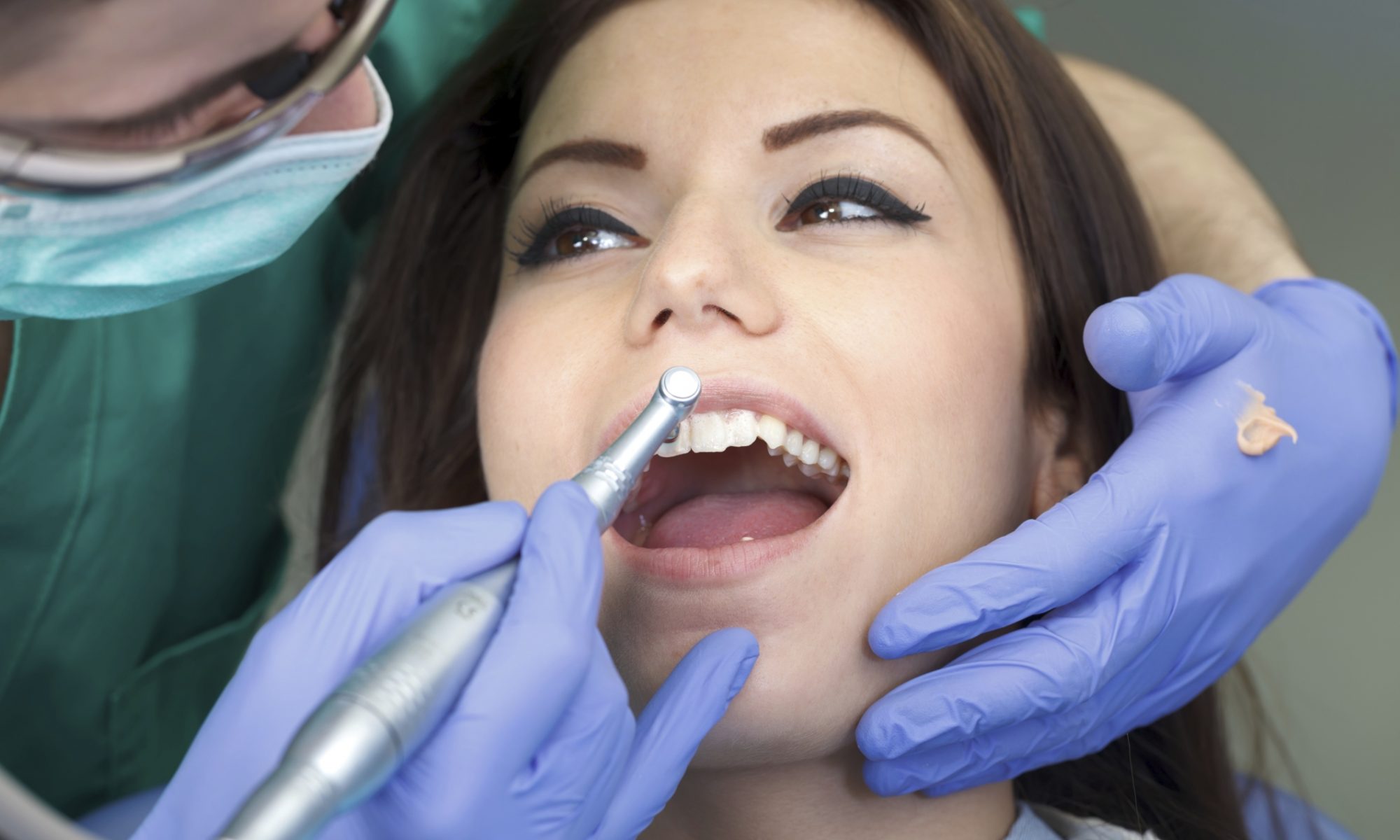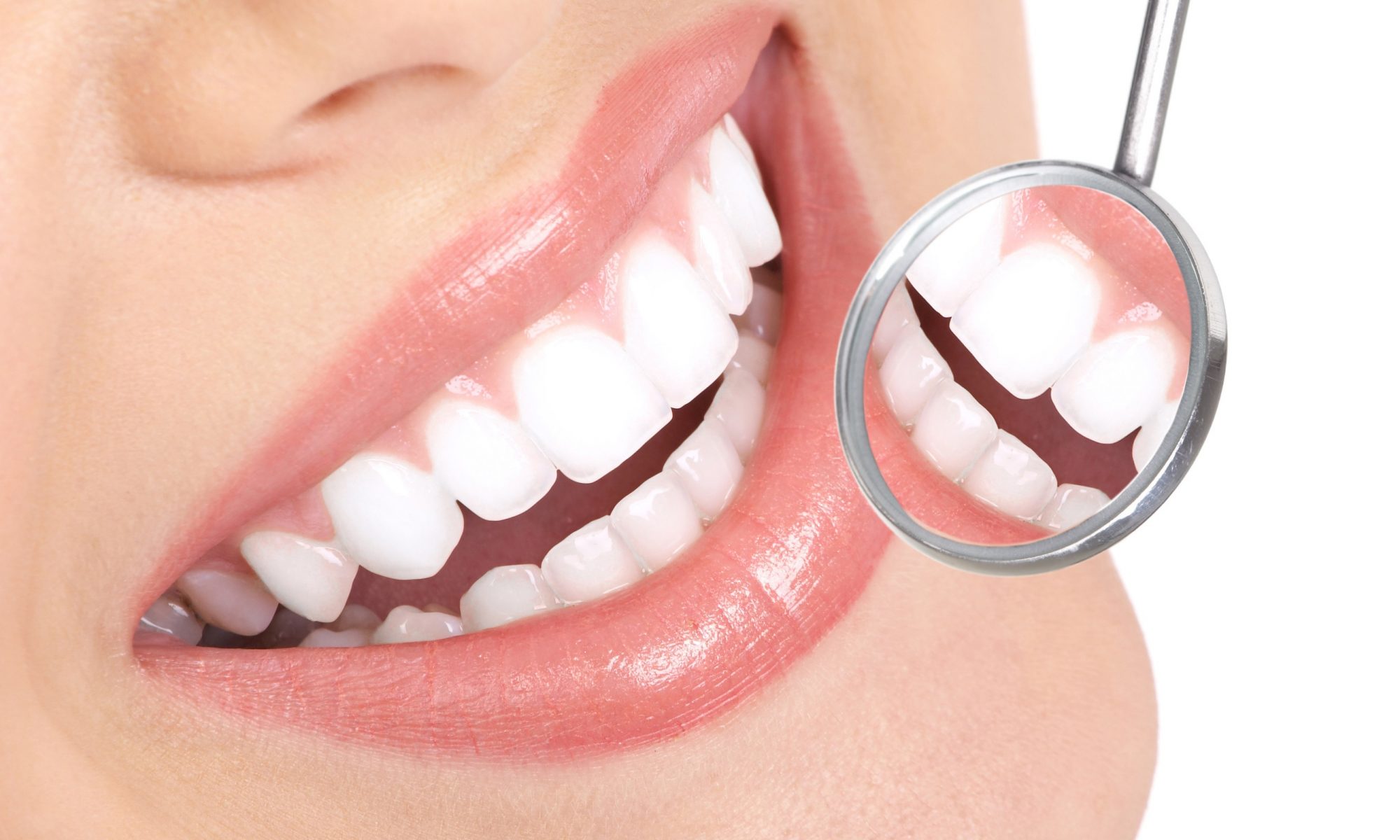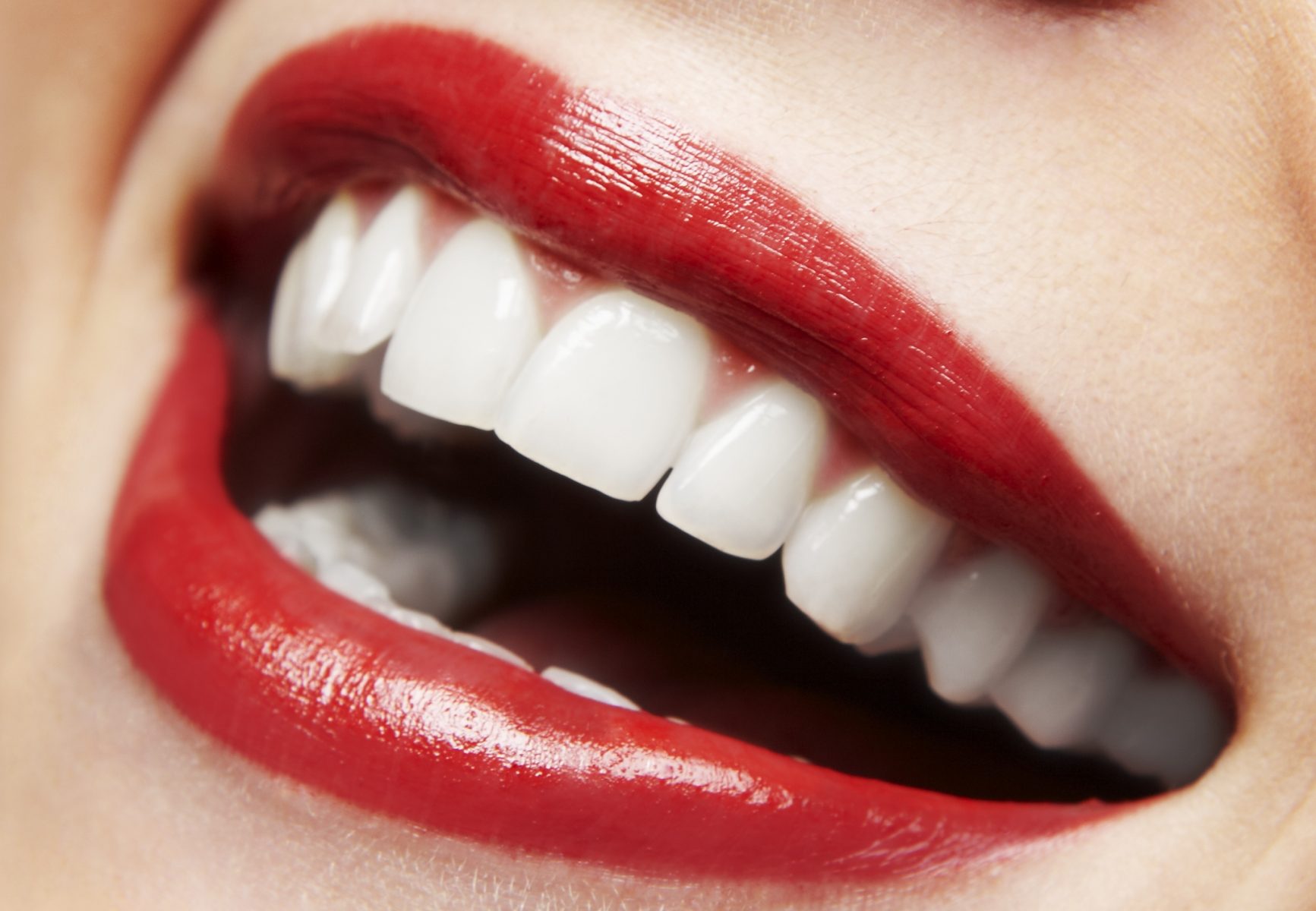Dental soft tissue grafting is a versatile procedure designed to address a variety of oral health issues related to gum tissue. At Perio Implant Chicago, Drs. Peter Cabrera and Bahareh Sabzehei specialize in this procedure, offering effective solutions for patients experiencing gum recession, discomfort, and aesthetic concerns.
Continue reading “Soft Tissue Grafting: Procedures & Benefits | Chicago Dentist”Dr. John Chao Revolutionized Gum Recession Treatment | Chicago Dentist
Dr. John Chao, a renowned periodontist and dental innovator, developed the pinhole surgical technique as a groundbreaking solution for treating gum recession. His development of this minimally invasive procedure represents a significant advancement in periodontal care, offering patients a more comfortable and effective alternative to traditional gum grafting methods. Here’s a look at how Dr. Chao conceived and refined the pinhole technique.
Continue reading “Dr. John Chao Revolutionized Gum Recession Treatment | Chicago Dentist”How to Detect Gum Recession at Home | Chicago Dentist
Gum recession is a condition where the gum tissue pulls away from the teeth, exposing the tooth roots. Early detection is crucial to prevent further damage and address the issue effectively. While a dental professional can provide a comprehensive diagnosis, there are several signs you can look for at home to determine if your gums may be receding.
Continue reading “How to Detect Gum Recession at Home | Chicago Dentist”The Pinhole Technique: Treating Gum Recession | Chicago Dentist
The pinhole procedure is a minimally invasive technique designed to address gum recession, a common dental issue where the gum tissue pulls away from the teeth, exposing their roots. Developed by Dr. John Chao, this innovative method offers a less invasive alternative to traditional gum grafting, with quicker recovery and impressive results. Here’s an overview of the steps involved in the pinhole procedure.
Continue reading “The Pinhole Technique: Treating Gum Recession | Chicago Dentist”How To Prevent Gum Recession | Chicago Dentist
Gum recession is a common dental problem when the gum tissue surrounding your teeth starts to pull away or wear down, exposing the tooth’s root. It can lead to tooth sensitivity, aesthetic concerns, and even tooth loss if left untreated. Fortunately, there are several steps you can take to prevent gum recession and maintain healthy gums.
Continue reading “How To Prevent Gum Recession | Chicago Dentist”The Causes, Symptoms, and Treatments of Gum Recession | Chicago Dentist
Gum recession is a common dental issue that can lead to various oral health problems if left untreated. It occurs when the gum tissue surrounding the teeth begins to pull away or wear down, exposing the tooth roots. This condition can be caused by various factors and can lead to sensitivity, tooth decay, and even tooth loss. In this blog, we’ll explore the causes, symptoms, and treatment options for gum recession.
Continue reading “The Causes, Symptoms, and Treatments of Gum Recession | Chicago Dentist”Is Gum Rejuvenation Right For You? | Chicago Dentist
There are many things to consider when embarking on a gum rejuvenation procedure. The cost, invasiveness, advantages, risks, and recovery time. Gum recession is not something you should allow to progress beyond the warning signs, as it can create havoc for your oral health. Yet, reversing the recession is entirely possible, with multiple options available to you. Dr. Cabrera specializes in the Pinhole technique, the most advanced way to treat gingival recession.
Continue reading “Is Gum Rejuvenation Right For You? | Chicago Dentist”Pinhole Surgery: What To Expect | Chicago Dentist
The Pinhole Surgical Technique is the most advanced way to treat gum recession. While there are plenty of benefits to expect from pinhole surgery, the recovery process is very important to attend to.
Some of the benefits of this non-invasive procedure include no cutting or sutures, minimal swelling and discomfort, a faster recovery time and instant results. In fact, many patients resume normal activity within 24-48 hours after surgery, save for your oral routine and care. You will want to be as careful as possible with your gums after your procedure to ensure they heal properly.
Continue reading “Pinhole Surgery: What To Expect | Chicago Dentist”Why Pinhole Surgery Is Important | Chicago Dentist
Smoking, grinding, poor hygiene, hormonal changes, and even medications can affect your overall oral health as you may think. Gum recession is not a cosmetic issue, it’s something that can weaken your periodontal arch as your tooth sockets loosen. When you progress in the cycle of gingival recession, the gums begin to pull away from the teeth. More than simply loosening teeth, it can cause them to become misaligned, lost, and hinder your ability to maintain proper oral hygiene.
The benefits of pinhole surgery are that it is non-invasive, meaning the pain is minimal and recovery is quick. Patients do not need to employ anesthesia and will come out of surgery with fewer wound sites than the previous technique.
The Pinhole Technique is the best way to treat gum recession, and If you would like more information about soft tissue grafting, call Dr. Cabrera in Chicago, IL at 312-994-7939 or visit www.perioimplantchicago.com.
Dr. Cabrera proudly serves Chicago and all surrounding areas.
Receding Gums: What To Know | Chicago Dentist
As gums recede, they pull away from your teeth and expose the root over time. Not only can this cause pain, it creates pockets between the two and along the gum line. It makes your beautiful smile susceptible to decay gum disease and tooth loss. This is when the problem has gotten out of hand, and you have a gingival recession.
Some things that can lead to gum recession are aggressive brushing, teeth grinding, misalignment, gingivitis, and genetics. Of course, some things are preventable and others are predetermined, but it’s important to control what you can. Speak with your dentist about your oral care habits and health history to assess your risk, and give you tips about how to keep your teeth and gums healthy.
If you would like more information about soft tissue grafting, call Dr. Cabrera in Chicago, IL at 312-994-7939 or visit www.perioimplantchicago.com.
Dr. Cabrera proudly serves Chicago and all surrounding areas.






